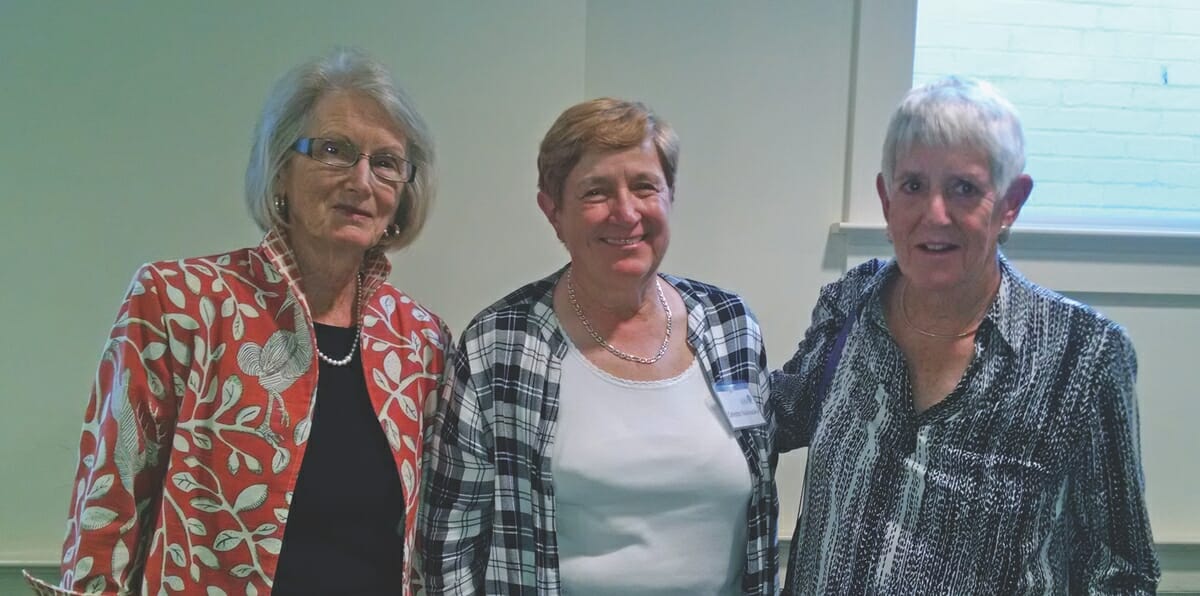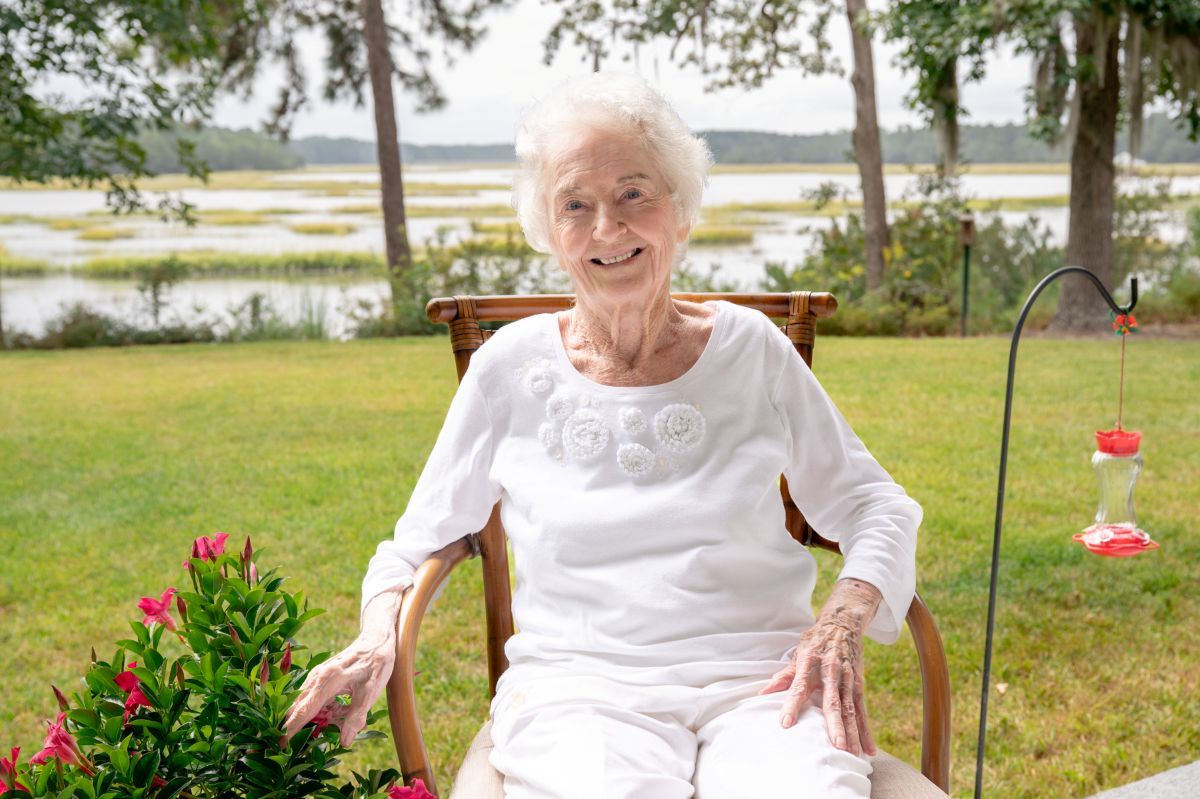By Molly Ingram
Should Hunting Island be saved and if so, at what cost is a question on many reader’s minds. It is a seriously polarizing issue for many local citizens and groups. As more and more information is shared through the web and social media, more studies commissioned, and extensive research conducted into coastal conservation, the “facts” about erosion become murky.
On one side, Friends of Hunting Island are 100% supportive of the recommendation for beach renourishment as proposed and currently funded in next year’s State budget. And their reasons are sound:
- Hunting Island is South Carolina’s #1 state park, and it is the #2 state park of all Atlantic beaches.
- We cannot afford to move the lighthouse and last storm almost took the gift store.
- Hunting Island is the only public beach in northern Beaufort County.
- Hunting Island is a unique natural barrier island enjoyed by visitors worldwide.
- If we do not have a beach, people will find other beaches and take their money there.
- Hunting Island is one of the few public access points of the ACE Basin.
- Hunting Island has only received 5% of all SC renourishment monies since 1985.
Hunting Island is indeed a unique barrier island. Beaches in other locations, like Hilton Head for example, have both residences and hotels that generate monies that go toward beach renourishment.
Beaufort does not.
Hunting Island has been kept a pristine natural area by design since the first lighthouse was built in 1859. More than a million visitors annually enjoy all that Hunting Island offers – from its beaches, to its wildlife, birds and turtles, to its beautiful walks through extensive nature trails. Visitors come from all over and love their time on the Island. And all those visitors contribute to the local economy.
Assuming you have won the argument as to whether Hunting Island deserves “saving”, now the question is how to do it? “Groins” are central to many of the proposals to save the Island and their concept is divisive at best. Groins are perpendicular structures built out from the beach forming a barrier that is supposed to stop the sand from eroding. Do they work? The research differs widely on the effectiveness of groins and that effectiveness is an underlying disagreement between interested parties.
The Coastal Care website (www.coastalcare.org) has this to say, “The United States Army Corps of Engineers’ Coastal Engineering Manual describes groins as: “…probably the most misused and improperly designed of all coastal structures…Over the course of some time interval, accretion causes a positive increase in beach width updrift of the groin. Conservation of sand mass therefore produces erosion and a decrease in beach width on the downdrift side of the groin” (USACE, 2002). In his textbook (used by most coastal engineering programs to introduce beach processes) Paul Komar, professor emeritus in the College of Oceanographic and Atmospheric Sciences at Oregon State University, states, “Groins and jetties have the same effect in damming the longshore sediment transport, the shoreline builds out on the updrift side and erodes in the downdrift direction” (Komar, 1998). There is no debate. Groins cause downdrift erosion.” Residents on Harbor Island see the downside of the groins installed from the last beach renourishment in 2006. Johnson Creek is requiring dredging to make it navigable again. The natural flow of water and sand has been changed by the new groin network that has been in place on Hunting Island for the last 10 years.
And there are other groups that have aligned with one approach or another. For example, the Coastal Conservation League is for sand replacement but not for the groins. Others feel that a totally different approach is necessary while yet others would opt to “let nature take its course.”
Carol Corbin, a spokesperson for Friends of Hunting Island, said, “As I am sure you know barrier islands are complex systems. Any alteration to one part of a system, affects all parts. So groins and sand nourishment will affect all the surrounding areas and waterways. Hunting Island, as the last publicly accessible undeveloped barrier island, is a special case. We do not have homeowners who can support nourishment to protect the properties on the island. We can only hope that the State will support this popular park that does so much to get people out into the natural world.”







